From here on, the steep jagged peaks of the Picos de Europa have separated themselves from the great mountains of the Cantabrians that lie in a few regions of Northern Spain.
The region where we mostly bore witness to them, was the Asturias. These ranges are particularly prone to weather changes because of their proximity to the sea and although we witnessed these daily, they were not as extreme as they would have been 30 years before. They were originally called Iberia which was Latin for Hiberia and the Greeks also had some say in what it is called today – The Iberian Peninsula.
Twenty kilometres in length provided plenty of opportunities to see its huge grey and ghostly limestone exterior. We walked through some of it, drove through other parts, and some were rarely out of our sight as though we were living in it daily and I suppose we were to some extent.
The talk and discussions we had, and heard, were more about how do you get there, many tourist officers did not seem to know even this. Some buses were running, others were not, out of some towns there were only two a day and rooms were scarce. Well we found out, be your own info officer, ask anyone you see and many of you will find a bus and a way eventually. And check out all times of the year because they change accordingly.
And remember this is your opportunity to meet the local Spaniards as long as it’s not between 1500 and 2000 because it’s Siesta time; a Guardia Civil person, a homeless individual, a pilgrim having a break from a long and difficult walk etc. And then you can have your tapas (wine and nibbles), have dinner and let the night pass into another day.
The Picos were like a giant snow covered cardboard cutout moving silently, confidently, intently and without fear. They appeared to have a range of mostly dark clouds hanging above them for long periods of time and when they wept, the tears fell close by diminishing quickly as their thoughts floated gently away, the sunshine not far away but rarely seen in the months leading up to summer.
Meanwhile Corrie and I follow the pilgrim tracks around the villages capturing the cloudy sunshine as it drifts away from the temporary tears of yesterday and onto the soft coastal sands where we enjoy the stillness of the beach in the rocky coves of Llanes.
We reminisce in the smallest cove as the tide returns to rescue its two stranded crabs; we think of the goat high above standing on a rocky ledge thinner than its hooves. We listen to what seems to be a crying cat but is really a cursing crow or a lonely seagull calling for her mate to finish their half built family home on the roof of our neighbours’ Spanish home.

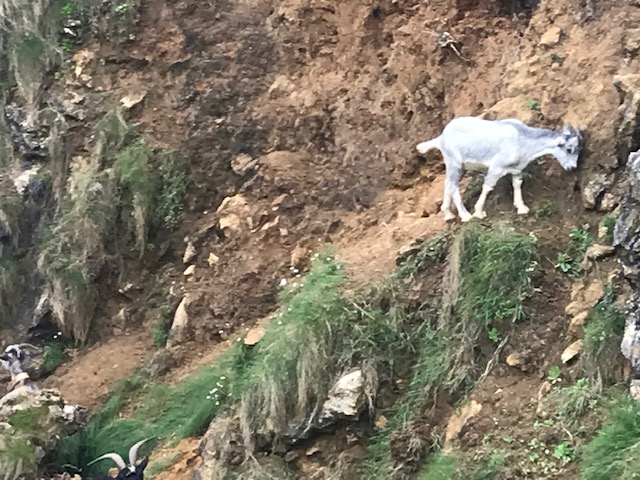
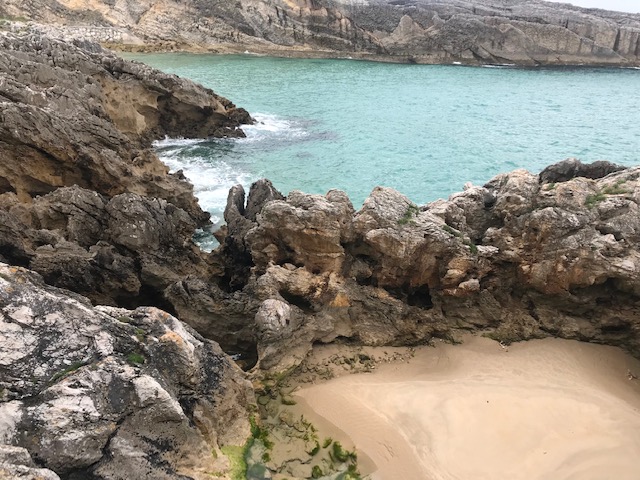
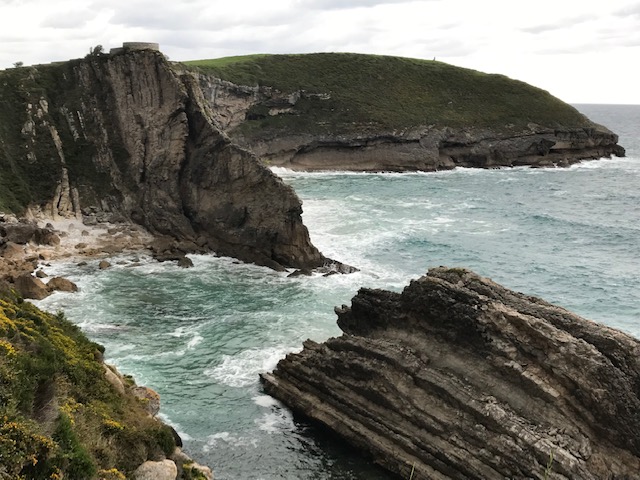

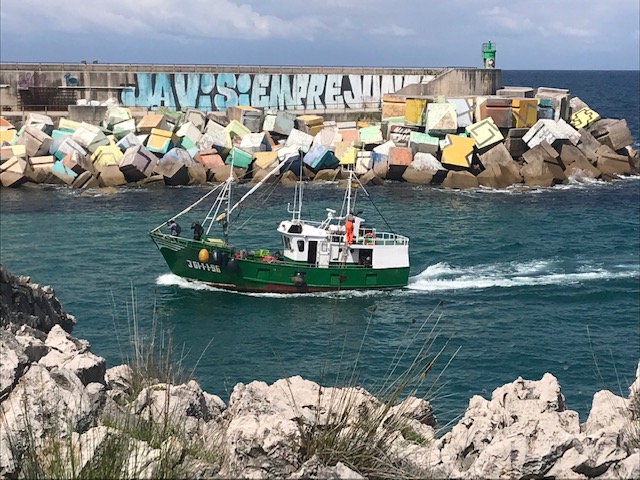
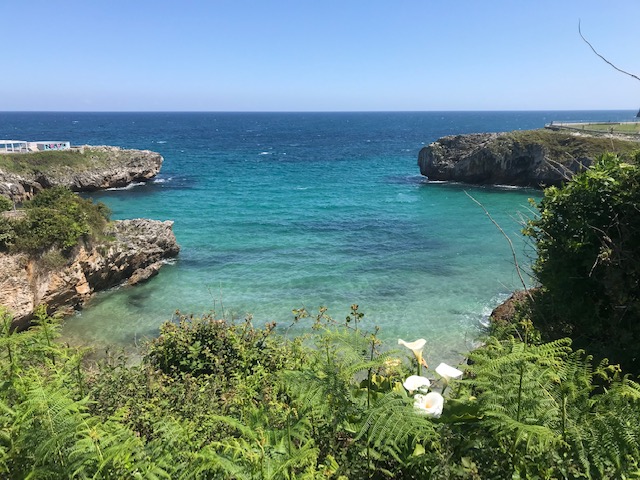

Thank you Ruth, great you are enjoying parts of our adventure
Dear William and Coralie,
Beautiful descriptions!
You’re still making great photos!
Love to you both
Ruth